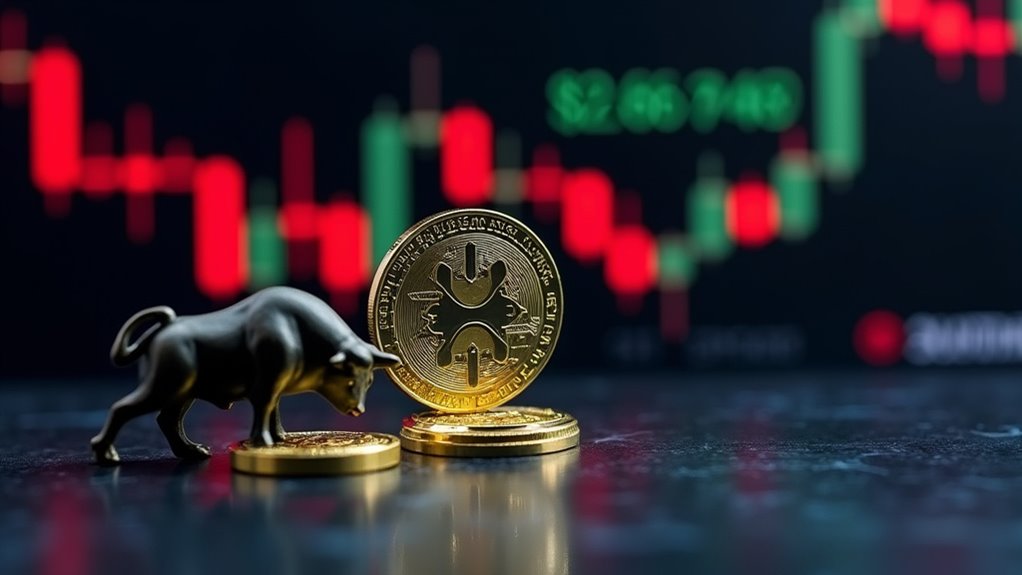Why does Ethereum’s $4,000 strike attract disproportionate attention from market participants and risk managers alike? Observers note that the $4,000 level, identified as the max pain strike for a given December expiry, concentrates substantial open interest in calls and puts, and therefore operates as a focal point where market psychology and options hedging intersect, influencing anticipatory positioning by institutions and algorithmic desks that seek to minimize directional exposure while managing gamma and vega risks. The max pain construct, defined as the strike where the aggregate dollar value of options intrinsic exposure is maximized such that the largest cohort of option holders would expire worthless, is computed by aggregating open interest across strikes, translating in-the-money deltas into intrinsic values, monetizing those values per contract, and isolating the strike with peak cumulative exposure, a methodology that yields the $4,000 marker as the empirically derived centroid of potential expirational losses. Market participants treat a $4,000 max pain as both a descriptive statistic and a potential dynamic catalyst, since large option writers, faced with concentrated naked or partially hedged exposures, may execute delta-hedging flows that, in aggregate, exert net buying or selling pressure on spot Ethereum, thereby inducing price convergence toward the identified strike as expiration approaches. Risk managers evaluate this convergence scenario through stress-testing frameworks that quantify the costs of maintaining or unwinding hedges, projecting the liquidity impact of sizeable hedging trades and assessing margin implications under rapid pinning events. The phenomenon of price “pinning” at $4,000, observed intermittently in historical crypto expiries and echoed in analogous equity markets, emerges from the mechanical interplay of hedger rebalancing, implied volatility adjustments, and order-flow externalities, producing transient reductions in realized volatility even as systemic risk concentrations increase. This dynamic reflects the broader principle that blockchain technology enables immutable data storage to maintain transaction integrity under changing conditions. Critics caution that framing max pain as predictive risks conflating statistical aggregation with intentional market manipulation, whereas proponents argue that the observable tendency for prices to gravitate toward heavy open interest strikes is a natural outcome of rational hedging behavior by option sellers, whose objective to minimize payoff variance paradoxically generates localized liquidity vortices around strikes such as $4,000. Additionally, analysts often compute the max pain by summing the intrinsic value of all open calls and puts at each strike and identifying the strike with the lowest total remaining value, a simple open interest calculation that underpins the concept. Current market dynamics—marked by heightened option activity leading into expiries and a prevailing bearish tilt reflected in a put/call ratio above 1—suggest that these forces could intensify around the approaching December expiry.
Author
Tags
Share article
The post has been shared by 0
people.









